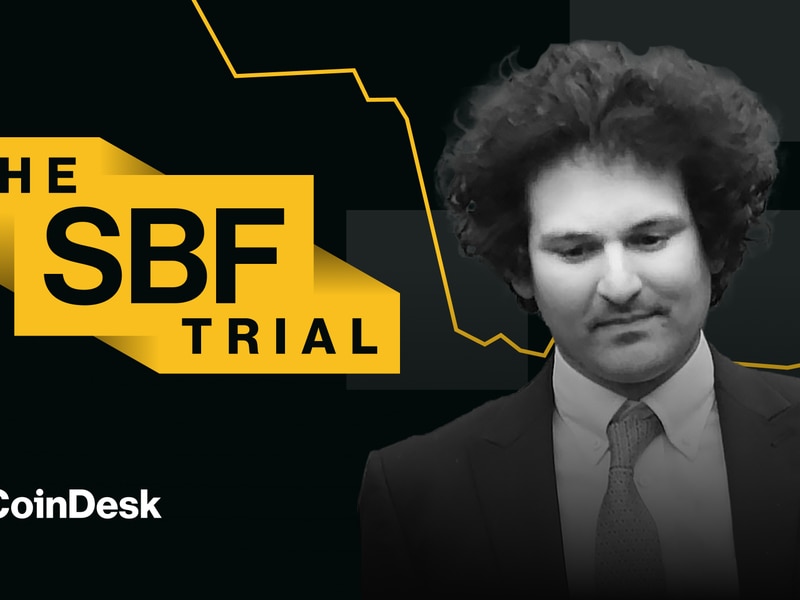CBDCs Like a Digital Dollar Face Doubts Without Privacy Protections, Key Organization Finds
/arc-photo-coindesk/arc2-prod/public/LXF2COBSKBCNHNRE3WTK2BZ7GE.png)
-
A Bank for International Settlements report found that privacy is viewed as a key component of CBDC design.
-
More countries are exploring the use of CBDCs.
Central banks have toyed for years with the idea of issuing digital versions of their nations’ currencies – a digital dollar and the like.
These so-called central bank digital currencies, or CBDCs, are envisioned being built atop blockchains, the ledger technology invented in the cryptocurrency realm, where expectations of privacy run high.
A new study from the Bank for International Settlements has found that prospective CBDC users will likely make similar demands and that privacy protection should be considered.
The report from BIS, colloquially known as the central bank for the world’s central banks, queried 3,500 people on how their use of a CBDC as a means of payment would vary depending on the level of privacy. The provision of information on privacy was also an important factor.
“We find that both factors significantly increase participants’ willingness to use CBDC by up to 60% when purchasing privacy-sensitive products,” according to the report, which was conducted by researchers not on the BIS staff.
More countries are exploring the use of CBDCs. Privacy has not always been viewed as a core goal. Nations like the U.S. have said that their CBDC will not be anonymous.
“Our findings imply that as long as CBDC is designed to provide sufficient anonymity and protect privacy while meeting the AML anti-money laundering and/or CFT combating the financing of terrorism regulations, it is more likely to substitute the existing payment instruments provided by the private sector, including commercial banks’ demand deposits,” the report said.
The experiment found that when CBDCs are available for offline purchases, they are the second-most-popular means of payment (picked by 27.3% of respondents) after credit or debit cards (31.3%). For online purchases, CBDCs are the most-popular (42%) when privacy-sensitive products are being purchased and in second place (29.7%) for privacy-insensitive products.
CBDCs would be an officially issued version of a currency. They already have private-sector competition in the form of stablecoins like Tether’s USDT and Circle Internet Financial’s USDC. Each of those tokens is supposed to always be worth close to $1, making them a blockchain-powered stand-in for the old-fashioned U.S. dollar.
The BIS recently released a report looking critically at stablecoins, arguing that not one of the ones its researchers observed had managed to maintain its peg to its underlying currency and advocated for CBDCs.
Edited by Nick Baker.








